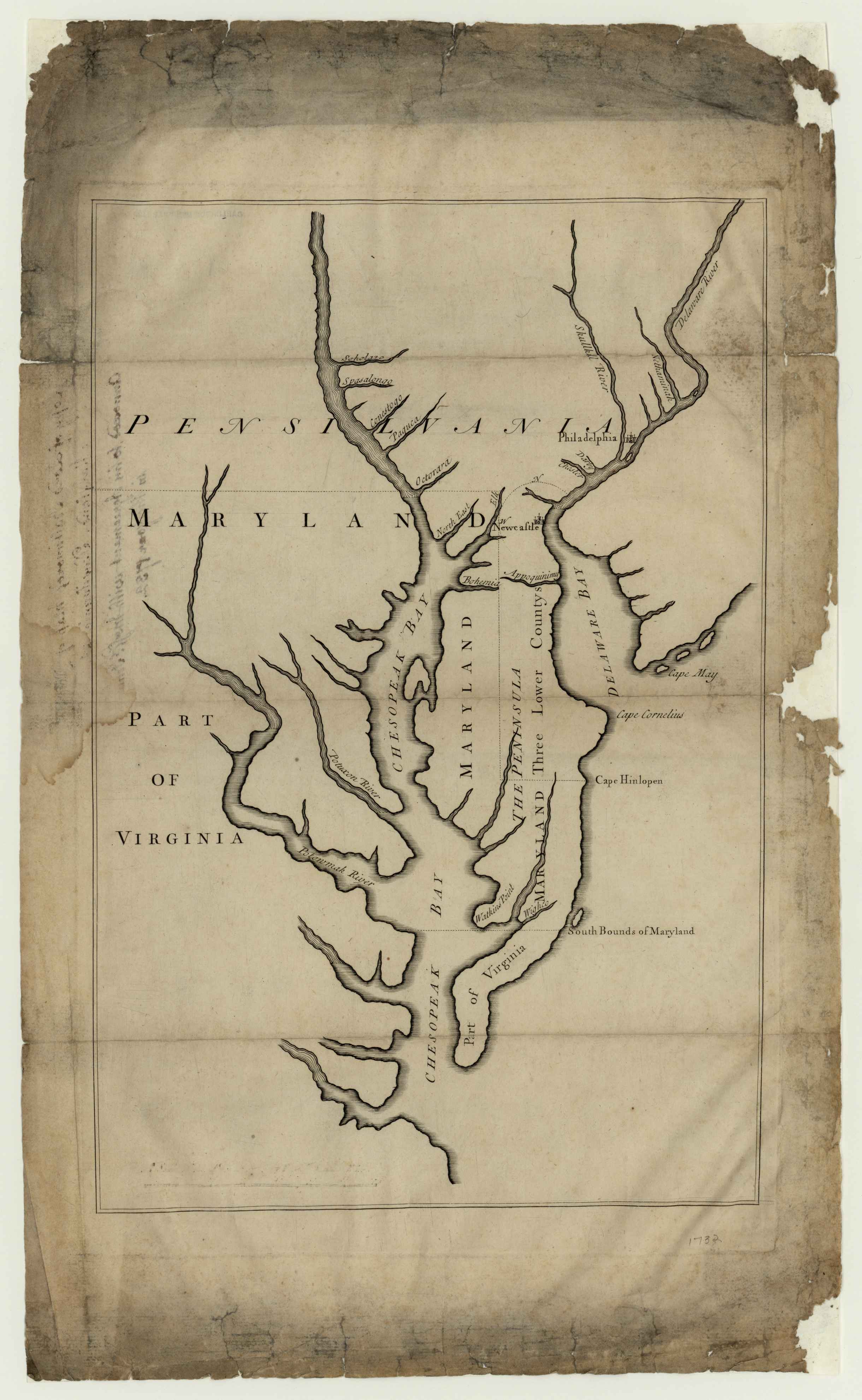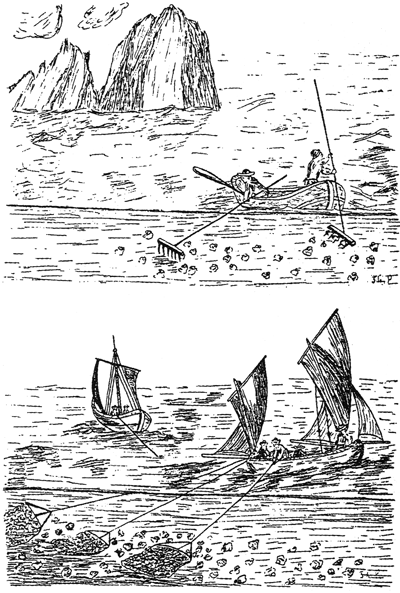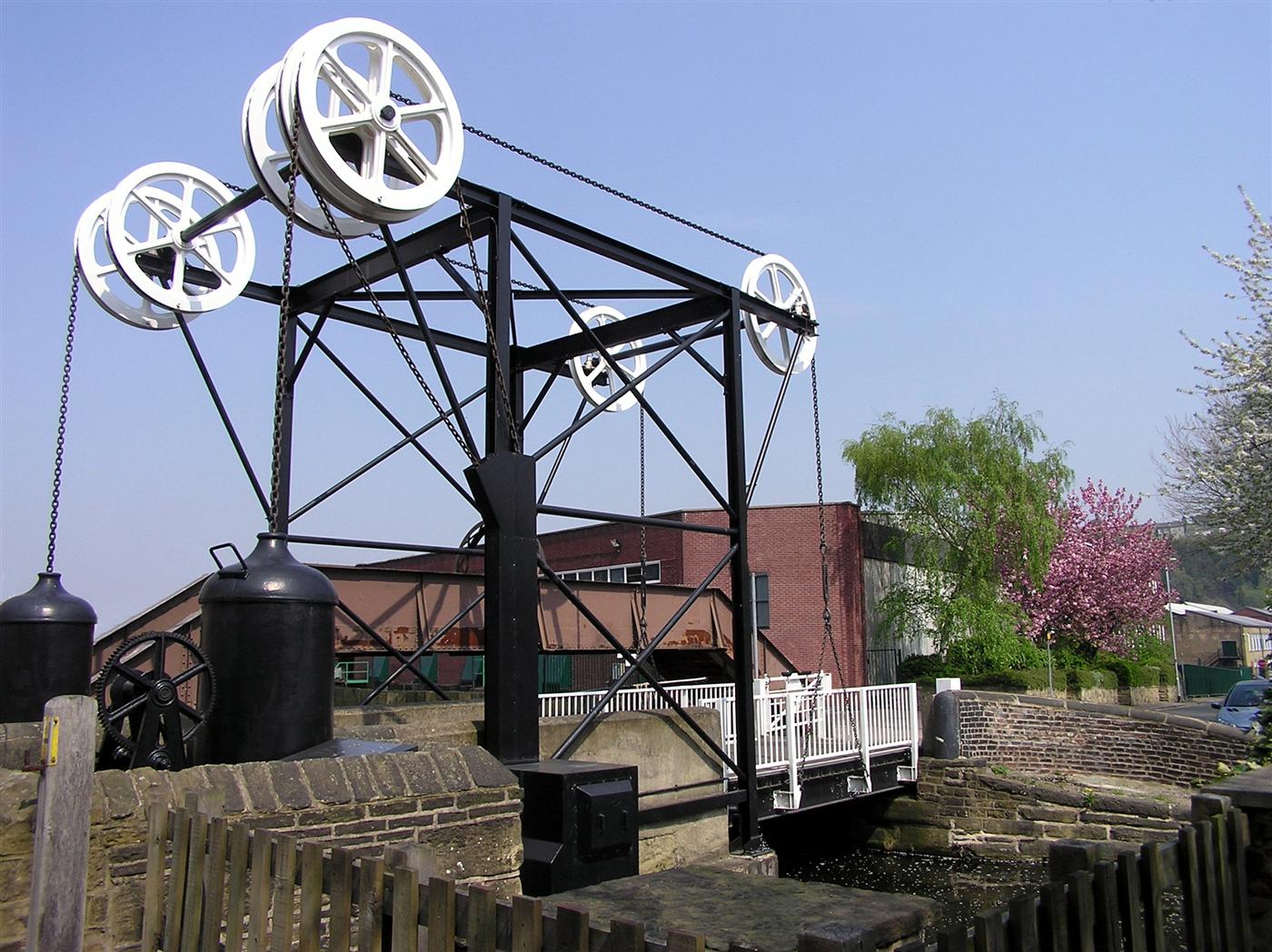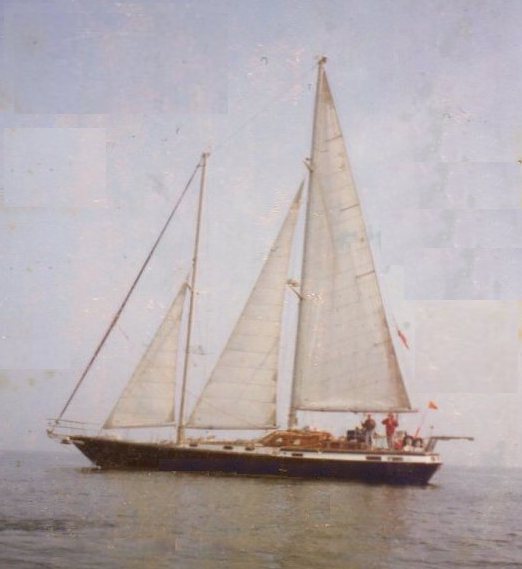|
Bugeye
The bugeye is a type of sailboat developed in the Chesapeake Bay for oyster dredging. The predecessor of the skipjack, it was superseded by the latter as oyster harvests dropped. Origins Between 1820 and 1865, the state of Maryland banned the practice of dredging for oysters. In the latter year, the law was relaxed; the use of steam power remained banned, however, and remained entirely prohibited until 1965, in which year powered dredging was allowed two days of the week. As long as dredging for oysters in the Chesapeake was prohibited, oystermen working from log canoes tonged for oysters. In 1854 the Maryland legislature permitted the use of dredges in the waters of Somerset County, Maryland, expanding the use of dredges to the rest of the Bay following the Civil War. Opening the Chesapeake to oyster dredging after the Civil War created a need for larger, more powerful boats to haul dredges across the oyster beds. The first vessels used were the existing sloops, pungys ... [...More Info...] [...Related Items...] OR: [Wikipedia] [Google] [Baidu] |
Brown Smith Jones
The ''Brown Smith Jones'' was a patrol boat of the Maryland State Fishery Police which also served in the United States Navy as a patrol vessel from 1917 to 1918. It was built in 1894 and took its name from the last names respectively of the governor, the state comptroller, and the state treasurer. The design was that of a Chesapeake Bay bugeye, a type of oyster-dredging boat, but with an enlarged cabin replacing the equipment for handling the dredge. She was equipped with a one-pound repeating rifle mounted before the foremast. The U.S. Navy acquired her on 24 August 1917 for World War I service as a patrol vessel and she was commissioned the same day as the USS ''Dorchester'' (SP-1509).. She served in the 5th Naval District for the remainder of World War I, patrolling waters in Maryland and Virginia. The Navy decommissioned her and returned her to the state on 26 November 1918. In the early 1930s the ship was sold to H. K. Rigg and converted to a yacht A yacht () is ... [...More Info...] [...Related Items...] OR: [Wikipedia] [Google] [Baidu] |
Maryland
Maryland ( ) is a U.S. state, state in the Mid-Atlantic (United States), Mid-Atlantic region of the United States. It borders the states of Virginia to its south, West Virginia to its west, Pennsylvania to its north, and Delaware to its east, as well as with the Atlantic Ocean to its east, and the national capital and federal district of Washington, D.C. to the southwest. With a total area of , Maryland is the List of U.S. states and territories by area, ninth-smallest state by land area, and its population of 6,177,224 ranks it the List of U.S. states and territories by population, 18th-most populous state and the List of states and territories of the United States by population density, fifth-most densely populated. Maryland's capital city is Annapolis, Maryland, Annapolis, and the state's most populous city is Baltimore. Maryland's coastline was first explored by Europeans in the 16th century. Prior to that, it was inhabited by several Native Americans in the United States ... [...More Info...] [...Related Items...] OR: [Wikipedia] [Google] [Baidu] |
USS Dorchester (SP-1509)
The ''Brown Smith Jones'' was a patrol boat of the Maryland State Fishery Police which also served in the United States Navy as a patrol vessel from 1917 to 1918. It was built in 1894 and took its name from the last names respectively of the governor, the state comptroller, and the state treasurer. The design was that of a Chesapeake Bay bugeye, a type of oyster-dredging boat, but with an enlarged cabin replacing the equipment for handling the dredge. She was equipped with a one-pound repeating rifle mounted before the foremast. The U.S. Navy acquired her on 24 August 1917 for World War I service as a patrol vessel and she was commissioned the same day as the USS ''Dorchester'' (SP-1509).. She served in the 5th Naval District for the remainder of World War I, patrolling waters in Maryland and Virginia. The Navy decommissioned her and returned her to the state on 26 November 1918. In the early 1930s the ship was sold to H. K. Rigg and converted to a yacht A yacht () is ... [...More Info...] [...Related Items...] OR: [Wikipedia] [Google] [Baidu] |
Chesapeake Bay
The Chesapeake Bay ( ) is the largest estuary in the United States. The bay is located in the Mid-Atlantic (United States), Mid-Atlantic region and is primarily separated from the Atlantic Ocean by the Delmarva Peninsula, including parts of the Eastern Shore of Maryland, the Eastern Shore of Virginia, and the state of Delaware. The mouth of the bay at its southern point is located between Cape Henry and Cape Charles (headland), Cape Charles. With its northern portion in Maryland and the southern part in Virginia, the Chesapeake Bay is a very important feature for the ecology and economy of those two states, as well as others surrounding within its watershed. More than 150 major rivers and streams flow into the bay's drainage basin, which covers parts of six states (New York (state), New York, Pennsylvania, Delaware, Maryland, Virginia, and West Virginia) and all of Washington, D.C. The bay is approximately long from its northern headwaters in the Susquehanna River to its outlet i ... [...More Info...] [...Related Items...] OR: [Wikipedia] [Google] [Baidu] |
Scallop Dredge
A fishing dredge, also known as a scallop dredge or oyster dredge, is a kind of dredge which is towed along the bottom of the sea by a fishing boat in order to collect a targeted edible bottom-dwelling species. The gear is used to fish for scallops, oysters and other species of clams, crabs, and sea cucumber.Moore G., Jennings S. & Croxall J. (2000''Commercial Fishing: The Wider Ecological Impacts.''British Ecological Society. . Page 14 The dredge is then winched up into the boat and emptied. Dredges are also used in connection with the work of the naturalist in marine biology, notably on the Challenger Expedition. Construction The dredge is usually constructed from a heavy steel frame in the form of a scoop. The frame is covered with chain mesh which is open on the front, which is towed. The chain mesh functions as a net. Dredges may or may not have teeth along the bottom bar of the frame. In Europe, early dredges had teeth, called tynes, at the bottom. These teeth rake ... [...More Info...] [...Related Items...] OR: [Wikipedia] [Google] [Baidu] |
Pungy
The pungy is a type of schooner developed in and peculiar to the Chesapeake Bay region. The name is believed to derive from the Pungoteague region of Accomack County, Virginia, where the design was developed in the 1840s and 1850s. In form, the pungy is a two-masted gaff-rigged schooner with a main topsail but no square-rigged sails (as found on the related Baltimore clipper). The masts are tall and raked, and there is a bowsprit on the clipper bow. The deck is flush, with a log rail. The hull is framed and has a vee profile. One peculiar detail of the pungy is its traditional paint scheme of green and pink, the origin of which is unknown. The pungy, like the Baltimore clipper, evolved from the pilot schooner. Its principal usage was to haul freight, particularly perishables ranging from oysters to farm produce. It was capable of ocean travel and was used, for instance, to ship pineapples to Baltimore from Bermuda. It was also used for a time to dredge for oysters, but it ... [...More Info...] [...Related Items...] OR: [Wikipedia] [Google] [Baidu] |
Windlass
The windlass is an apparatus for moving heavy weights. Typically, a windlass consists of a horizontal cylinder (barrel), which is rotated by the turn of a crank or belt. A winch is affixed to one or both ends, and a cable or rope is wound around the winch, pulling a weight attached to the opposite end. The Greek scientist Archimedes was the inventor of the windlass. A surviving medieval windlass, dated to –1400, is in the Church of St Mary and All Saints, Chesterfield. The oldest depiction of a windlass for raising water can be found in the Book of Agriculture published in 1313 by the Chinese official Wang Zhen (inventor), Wang Zhen of the Yuan Dynasty ( 1290–1333). Uses * Vitruvius, a military engineer writing about 28 BC, defined a machine as "a combination of timber fastened together, chiefly efficacious in moving great weights". About a century later, Hero of Alexandria summarized the practice of his day by naming the "five simple machines" for "moving a given ... [...More Info...] [...Related Items...] OR: [Wikipedia] [Google] [Baidu] |
Gaff Rig
Gaff rig is a sailing rig (configuration of sails, mast and stays) in which the sail is four-cornered, fore-and-aft rigged, controlled at its peak and, usually, its entire head by a spar (pole) called the ''gaff''. Because of the size and shape of the sail, a gaff rig will have running backstays rather than permanent backstays. The gaff enables a fore-and-aft sail to be four sided, rather than triangular. A gaff rig typically carries 25 percent more sail than an equivalent Bermuda rig for a given hull design. A sail hoisted from a gaff is called a gaff-rigged sail. Description Gaff rig remains the most popular fore-aft rig for schooner and barquentine mainsails and other course sails, and spanker sails on a square rigged vessel are always gaff rigged. On other rigs, particularly the sloop, ketch and yawl, gaff rigged sails were once common but have now been largely replaced by the Bermuda rig sail, which, in addition to being simpler than the gaff rig, usually all ... [...More Info...] [...Related Items...] OR: [Wikipedia] [Google] [Baidu] |
Staysail
A staysail ("stays'l") is a fore-and-aft rigged sail whose luff can be affixed to a stay running forward (and most often but not always downwards) from a mast to the deck, the bowsprit, or to another mast. Description Most staysails are triangular; however, some are four-cornered, notably some fisherman's staysails. Triangular staysails set forward of the foremost mast are called jibs, headsails, or foresails. The innermost such sail on a cutter, schooner, and many other rigs having two or more foresails is referred to simply as ''the staysail'', while the others are referred to as jibs, flying jibs, etc. Types of staysail include the tallboy staysail (a narrow staysail carried between the spinnaker and the mainsail on racing yachts), the genoa staysail (a larger one carried inside the spinnaker when broad reaching), and the bigboy staysail (another name for the shooter or blooper, carried on the leeward side of the spinnaker). Unlike the cutter staysail, none of ... [...More Info...] [...Related Items...] OR: [Wikipedia] [Google] [Baidu] |
Skipjack (boat)
The skipjack is a traditional fishing boat used on the Chesapeake Bay for Fishing dredge, oyster dredging. It is a sailboat which succeeded the bugeye (boat), bugeye as the chief oystering boat on the bay, and it remains in service due to laws restricting the use of powerboats in the Maryland state oyster fishery. Design and construction The skipjack is sloop-rigged, with a sharply raked mast and extremely long boom (typically the same length as the deck of the boat). The mainsail is ordinarily triangular, though gaff rigged examples were built. The jib is self-tending and mounted on a bowsprit. This sail plan affords the power needed to pull the dredge, particularly in light winds, while at the same time minimizing the crew required to handle the boat. The Hull (watercraft), hull is wooden and V-shaped, with a hard Chine (boating), chine and a square stern. In order to provide a stable platform when dredging, skipjacks have very low freeboard and a wide beam (averaging one thir ... [...More Info...] [...Related Items...] OR: [Wikipedia] [Google] [Baidu] |
Edna Lockwood
Edna or EDNA may refer to: Places in the United States *Edna, California, a census-designated place *Edna, Iowa, an unincorporated town in Lyon County ** Edna Township, Cass County, Iowa *Edna, Kansas, a city * Edna, Kentucky, an unincorporated community *Edna, Texas, a city ** Edna High School *Edna, Washington, an unincorporated community *Edna, West Virginia, an unincorporated community *Edna Lake, Idaho * Edna Township, Otter Tail County, Minnesota *Edna Township, Barnes County, North Dakota Arts and entertainment * ''Edna'' (album), a 2020 album by Headie One *''Edna, the Inebriate Woman'', a 1971 television drama People *Edna (given name), a list of people and characters so named Science and technology *445 Edna, an asteroid *Environmental DNA (eDNA), DNA isolated from natural settings for the purpose of screening for the presence/absence of certain species * ExtracellularDNA (eDNA) * Ethylenedinitramine, an explosive * Electronic Declarations for National Authorities ... [...More Info...] [...Related Items...] OR: [Wikipedia] [Google] [Baidu] |
Maryland Department Of Natural Resources Police
The Maryland Natural Resources Police (NRP) is the law enforcement arm of the Maryland Department of Natural Resources (DNR), tasked with enforcing laws on the state's public lands and waterways, protecting fish and wildlife, and leading search and rescue efforts. The Natural Resources Police is also the state's maritime homeland security agency; it is Maryland's oldest state-level law enforcement agency. Natural Resources Police officers are the only state law enforcement officers to have full statewide jurisdiction, including Baltimore City. The Maryland State Police (MSP), the state police and highway patrol, also has statewide jurisdiction, but has limited authority within incorporated cities. NRP officers enforce the Maryland Natural Resources Code as well as the Criminal Code and Transportation Code. As of October 2020, the force has 269 sworn personnel and 78 civilian employees. Organization The superintendent's position (chief of police) is Col. Orlando Lilly. The DN ... [...More Info...] [...Related Items...] OR: [Wikipedia] [Google] [Baidu] |








